Labrador Retriever
Labrador Retrievers, originally from Newfoundland and developed in 19th-century Britain, were bred for their retrieving skills to assist fishermen. Their intelligence, friendliness, and eagerness to please have made them popular as family pets and therapy dogs. They are particularly effective in providing emotional support and comfort in settings like hospitals, nursing homes, and schools, helping to reduce stress and enhance well-being.

Male
Ideal height: 55-62cm Ideal height: 29 - 36kg

Female
Ideal height: 54 - 60cm Ideal weight: 25 - 32kg
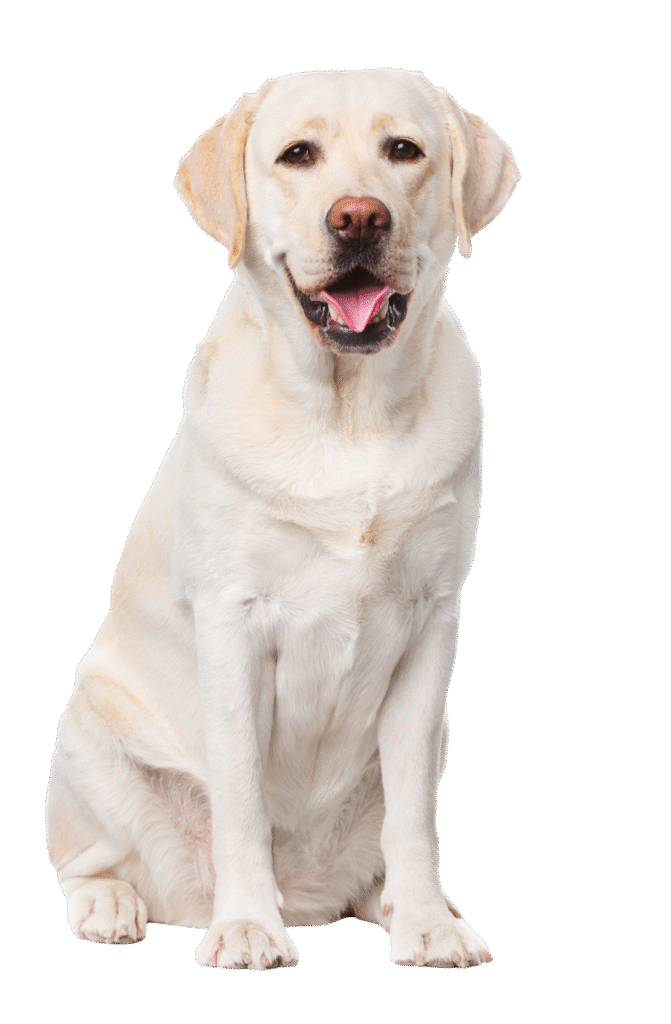
Size
Medium
Life Span
10 – 12 Years
Coat
Color
Medium
Traits & Characteristics
100%
100%
40%
60%
100%

Heat Tolerance
upto 27° C

Cold Tolerance
Upto -6° C

Best Diet for Labrador Retriever

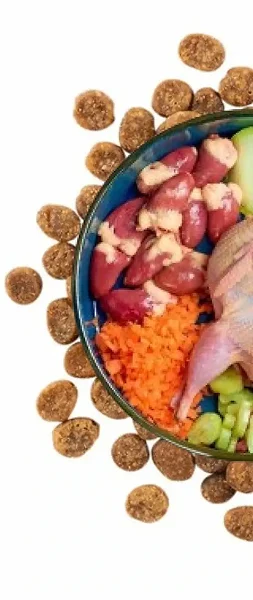
Carbohydrates
30 – 50%
Protein
20 – 30%
Fats
8 – 16%
Essentials, Vitamins & Minerals
6 – 8%
Fiber
2 – 4%
Total Kcal
1,000 – 1,500
Must have meal for a Labrador Retriever
Labradors need a balanced diet to support their active lifestyle and maintain a healthy weight. They should be fed two meals a day, with a focus on high-quality, easily digestible food. Labradors are prone to digestive issues and have a genetically sensitive stomach, which can lead to problems like upset stomachs or food intolerances. To manage these issues, provide a consistent diet, avoid sudden changes in food, and opt for food formulated for sensitive stomachs if needed. Regular feeding schedules and appropriate portion control are essential for their digestive health.
🐾 Try Our Labrador Retriever Fresh Food!
Wholesome, freshly cooked meals crafted for your Retriever’s health and happiness.

Book a Dog Diet Consultation
Get personalized diet advice for your Labrador Retriever for Absolutely FREE
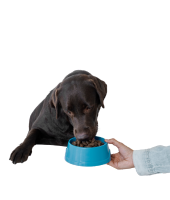
Labrador Retriever Diet
Opting for fresh meals ensures your Labrador Retriever gets natural, nutrient-rich food that supports healthy growth, strong bones, immunity, and a shiny coat. Labradors are prone to overeating, so balanced meals with controlled portions are key to keeping them fit and active. Fresh meals are easier to digest than dry kibble and help your Labrador stay energetic and happy every day.
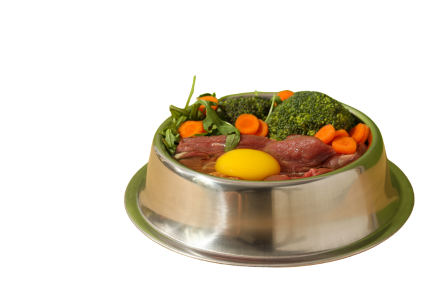
Protein Based Diet
Labrador Retrievers thrive on a protein-rich, fresh diet that keeps their muscles strong, coat glossy, and digestion smooth. Vegetables like sweet potato, pumpkin, carrots, and spinach provide fiber and essential vitamins, while chicken, eggs, paneer, and fish supply high-quality protein and omega-3s.
Simple meals like chicken with rice and veggies, or paneer with quinoa and spinach, support Labradors’ high energy needs. Add a touch of olive oil or fish oil for joint and coat health.
❌ Avoid harmful foods: onion, garlic, grapes, raisins, avocado, chocolate, excess salt, and oily/fried foods.
WEIGHT, STRENGTH AND GUT CONSIDERATE DIET
Labrador Retrievers are prone to weight gain because of their love for food, so a balanced, portion-controlled diet is very important. Fiber-rich foods like pumpkin, carrots, beans, and spinach support digestion, while lean proteins such as chicken, turkey, and fish keep muscles strong without adding excess calories.
Adding probiotics from curd or yogurt helps maintain gut balance, while omega-3 fatty acids from fish oil support joint health and reduce inflammation—especially important for active Labradors.
Consider Their Age
Just like humans, a Labrador’s diet changes as they grow:
🐾 Puppies (6–12 months): Need protein-rich, calorie-dense meals to support fast growth, strong bones, and immunity.
🐾 Adults (1–7 years): Require balanced diets with lean protein, healthy fats, and controlled calories to fuel energy and maintain muscle.
🐾 Seniors (7+ years): Benefit from lighter, easily digestible protein, more fiber, joint-support nutrients like glucosamine, and antioxidants to slow aging.

Apple
Provide fiber and vitamins; ensure seeds and core are removed.

Carrot
Crunchy and rich in vitamins; supports dental health and is low in calories.

Green Beans
Low in calories and high in fiber, aiding digestion and keeping them full.

Sweet Potato
Nutrient-dense with fiber, helping digestion and providing essential vitamins.

Training Needs for Labrador
Labrador Retrievers are highly intelligent, friendly, and eager to please, which makes them one of the easiest breeds to train. Their playful and energetic nature, however, can sometimes lead to habits like jumping, chewing, or pulling on the leash if not guided properly.
With consistent training, positive reinforcement, and early socialization, Labradors quickly pick up commands and good manners. Since they are athletic and energetic dogs, they thrive on daily exercise such as walking, running, swimming, or agility play.
A mix of mental stimulation and physical activity keeps Labradors happy, healthy, and well-behaved, while also preventing boredom-related mischief.

Puppy Stage (2–6 months)
Labrador Retriever puppies are curious and quick learners, making early training crucial. Focus on potty and crate training to establish toilet habits, basic obedience commands like Sit, Stay, Come, Down, and Drop It, and house manners to prevent biting, chewing, barking, or jumping. Introduce collars, harnesses, and short leash walks, encourage socialization with children, guests, and other dogs, and provide safe chew toys to manage teething.
Suggested Package: 8 Sessions

Adolescent Stage (6–18 months)
During the teenage phase, Labrador Retriever test boundaries, so consistent training is crucial. Focus on leash walking without pulling, impulse control, reliable recall, and polite greetings to prevent jumping. Channel their energy with fetch, agility, and puzzle toys, and practice distraction training to maintain focus around people, noise, and other pets. Proper teenage training ensures a well-behaved, obedient, and happy Golden Retriever.
Suggested Package: 12 Sessions

Adult Stage (1.5 years +)
Adult Labradors thrive with a balance of physical activity, mental challenges, and continued training. Emphasize off-leash recall in safe areas, calm behavior around guests, and responsiveness under distractions. Activities like scent games, agility exercises, or advanced obedience routines keep their minds sharp and prevent boredom-driven behaviors. Regular reinforcement of manners ensures your Lab remains well-mannered, confident, and socially adaptable throughout life.
Suggested Package: 16 Sessions

Dog Training: Expert Guidance at Home
Turn your pup into a well-mannered pro—where training meets success

Vet Visits

Puppyhood (0-1 Year):

Every 3-4 weeks until 16 weeks, then every 6-12 months.

Vaccinations, parasite control, neutering, and behavior guidance.
Adulthood (1-6 Years):

Annual check-ups.

Vaccine boosters, dental care, diet, exercising, weight management.
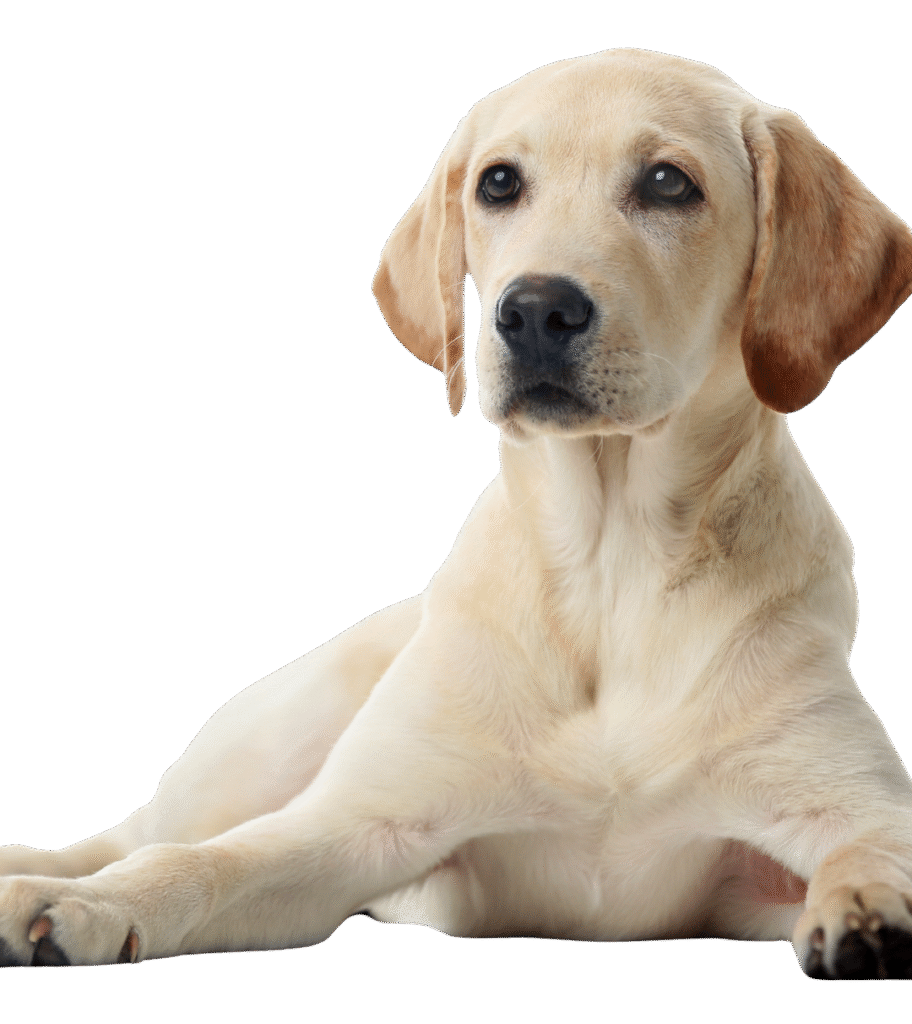
Mature adulthood (7-9 Years):

Annual or bi-annual visits.

Senior screenings, joint health, vision and hearing checks, and diet adjustments.
Senior years (10+ Years):

Bi-annual visits or more.

Comprehensive exams, pain management, cancer screening, quality of life, and senior nutrition.
Vaccination Schedule

First
6-8 week
Second
10-12 week
Third
14-16 week
Regular
Yearly once
Grooming
Labradors require regular grooming to keep their coat healthy. Brush them weekly to manage shedding and reduce mats. Bathe them every 6 to 8 weeks, or as needed, to keep their coat clean. Regular brushing and occasional baths help maintain their appearance and overall hygiene.
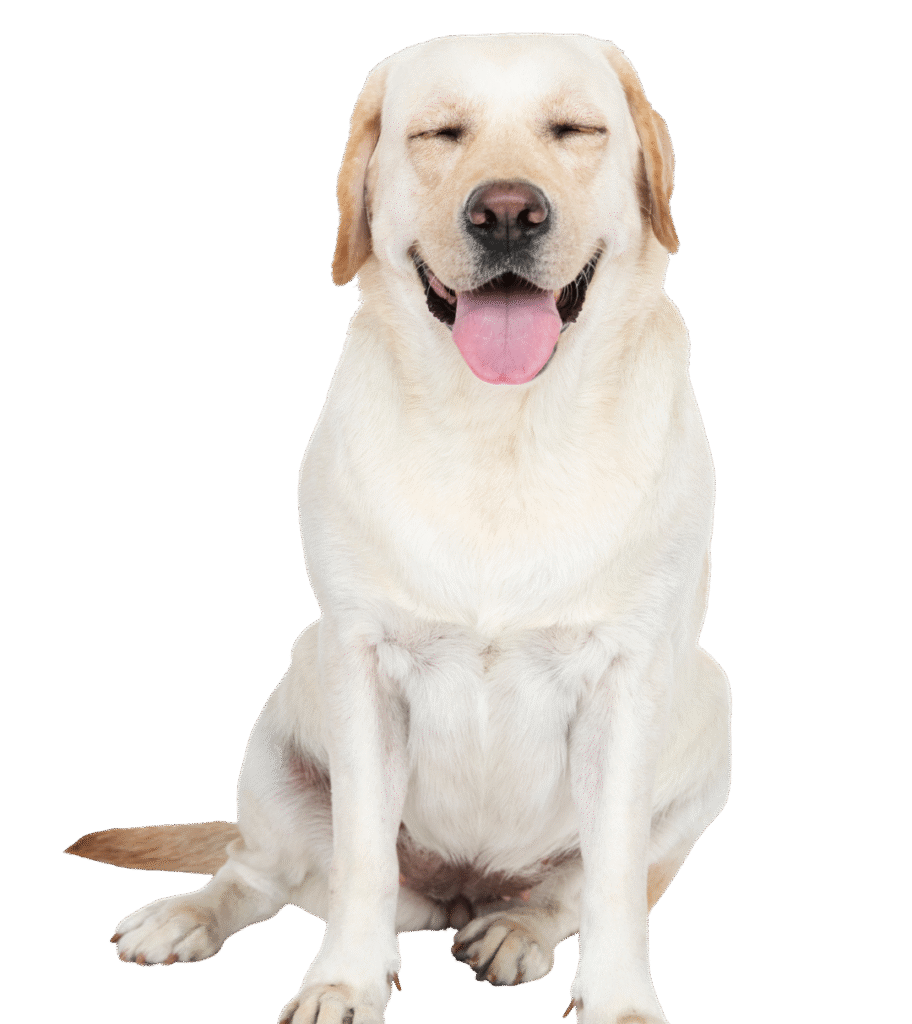
Brush & Bath guide
Labradors should be brushed weekly to manage shedding and keep their coat smooth. They typically need a bath every 6 to 8 weeks, or as needed, to maintain cleanliness and remove odors. Regular brushing and occasional bathing help keep their coat healthy and reduce shedding.
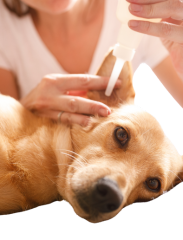
Ear Cleaning
Labradors should have their ears checked and cleaned about once a week to prevent infections and wax buildup. Use a vet-recommended ear cleaner and cotton balls to gently clean the outer ear. Regular checks help maintain ear health.
Nail clipping & Paw care
Labradors should have their ears checked and cleaned weekly to prevent infections and wax buildup. Use a vet-recommended ear cleaner and cotton balls for gentle cleaning. Regular ear care helps maintain overall ear health.
Period Care
During her period, use doggy diapers, provide comfort, and monitor her health. Keep her calm with extra attention and gentle care to ensure she feels secure.
Dental Care
Labradors need regular dental care, including brushing their teeth 2 to 3 times a week to prevent plaque buildup and dental disease. Additionally, provide dental chews and schedule annual vet check-ups to maintain oral health.
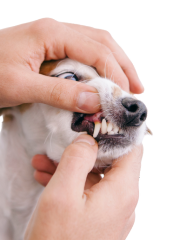
Give Your Labrador a Spa Day at Home!
👉 Regular grooming not only keeps shedding under control but also prevents skin infections and keeps your pup comfortable year-round.
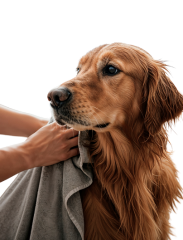

Health Conditions for Labrador Retriever

Ear Infections
Labradors’ floppy ears can trap moisture and debris, leading to infections.
Symptoms:
scratching at the ears, redness, and discharge
How to avoid:
Prevent infections by regularly cleaning ears and keeping them dry, and address any signs of irritation promptly with veterinary care.
Obesity
Obesity is a common issue in Labradors, often due to overfeeding and lack of exercise.
Symptoms:
Weight gain, difficulty moving, and excessive panting.
How to avoid:
A balanced diet, regular exercise, and portion control can help manage and prevent obesity.
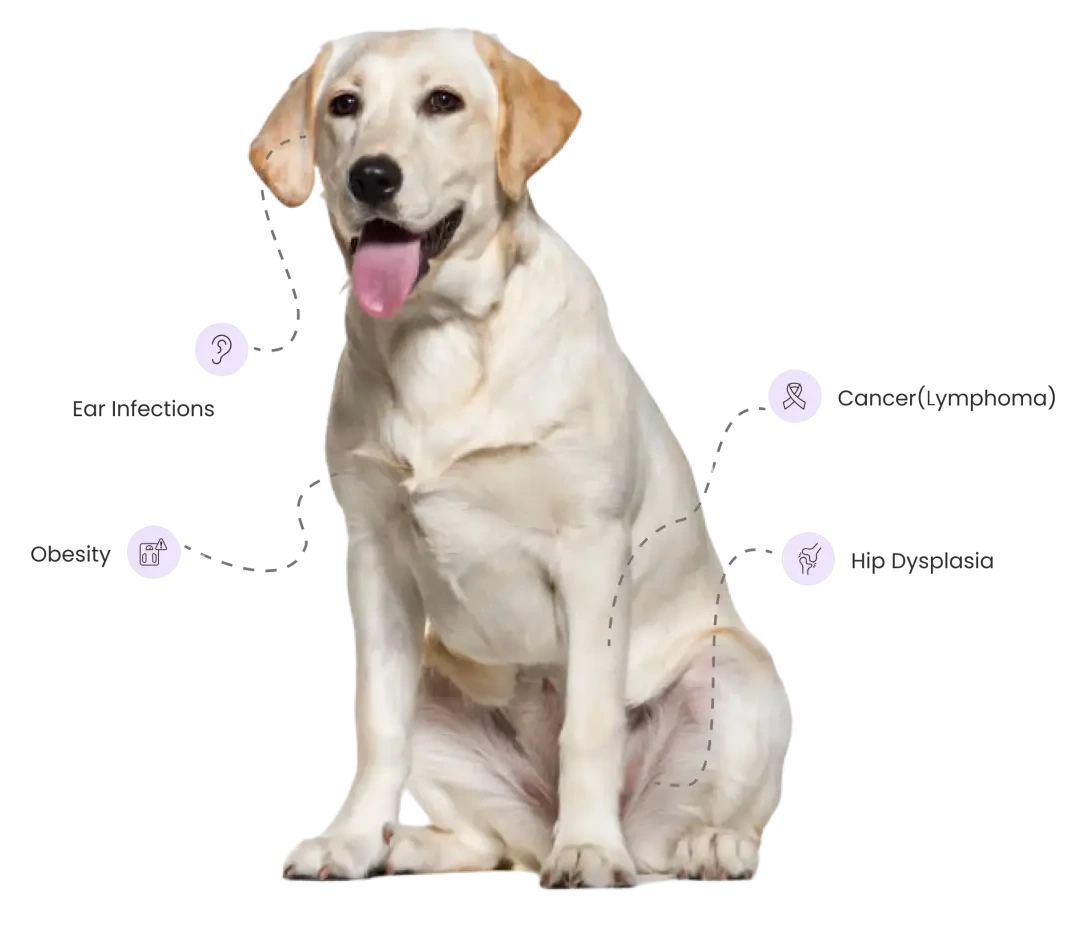
Cancer(Lymphoma)
A common cancer in dogs, affecting the lymphatic system and lymph nodes.
Symptoms:
Swollen lymph nodes, lethargy, weight loss, lack of appetite.
How to avoid:
While it can’t be fully prevented, regular veterinary check-ups can help in early detection, allowing for more effective treatment options.
Hip Dysplasia
It’s a genetic condition where the hip joint doesn’t fit into the hip socket properly, leading to arthritis and pain.
Symptoms:
limping, difficulty rising, reluctance to exercise, and a ‘bunny hopping’ gait.
How to avoid:
Keeping your Labrador at a healthy weight and providing joint supplements may help.
Frequently Asked Questions

Labradors are ideal if you want a friendly, intelligent, and energetic companion. They excel as family pets, therapy dogs, and working dogs. This breed thrives with daily exercise, mental stimulation, and socialization. Labradors are best suited for owners who can commit to training, playtime, and handling their energy and love for food. With proper care, Labradors are loyal, affectionate, and highly rewarding pets.
Labrador puppies are playful, social, and intelligent. Early socialization, structured routines, and toilet training are essential to raise a confident, well-behaved adult dog. Introduce them to different people, pets, and environments to prevent behavioral issues such as chewing or excessive barking.
Take your puppy outside after meals, naps, and playtime. Reward immediately when they eliminate in the correct spot. Follow this 90-day toilet training schedule:
Week 1–2: Take outside every 2 hours and after meals. Praise and reward.
Week 3–6: Gradually extend intervals to 3–4 hours; maintain consistency.
Week 7–12: Encourage longer outdoor intervals, introduce commands like “Go potty,” and supervise indoors to prevent accidents.
Labradors are energetic dogs. Adults need 60–90 minutes of daily exercise, ideally split into 2 walks per day, combined with play, swimming, and mental stimulation. Puppies need shorter, frequent walks to protect developing joints.
Feed a high-quality large-breed puppy diet with high protein and moderate carbs to support growth, strong bones, and muscle development. Include supplements like calcium, glucosamine, and omega-3 fatty acids for joint health. Adult Labradors benefit from balanced meals with controlled portions to prevent obesity and maintain overall health.
Brushing: 2–3 times a week; daily during shedding seasons.
Bathing: Every 4–6 weeks using mild shampoo.
Trimming: Mainly around paws and sanitary areas as needed.
Nail care: Trim every 3–4 weeks.
This routine keeps their short coat clean, healthy, and shiny while controlling shedding.
Start training from 8–9 weeks using positive reinforcement. Teach commands like sit, stay, come, and leash walking. Early training helps manage their energy, food-driven behavior, and excitable nature.
Schedule regular vet visits, vaccinations, and deworming. Feed a balanced diet, provide consistent exercise, and monitor for breed-specific issues like hip and elbow dysplasia, obesity, and ear infections. Preventive care ensures a long, healthy life.
Labradors thrive on mentally and physically engaging activities: fetch, swimming, obedience training, agility, and scent games. These activities satisfy their energy and intelligence while preventing destructive behaviors.
Brush 2–3 times a week, more during heavy shedding. A balanced diet with omega-3 fatty acids supports healthy skin and coat. Labradors have short, dense coats, so shaving is unnecessary. Regular grooming keeps them clean, healthy, and comfortable.


















